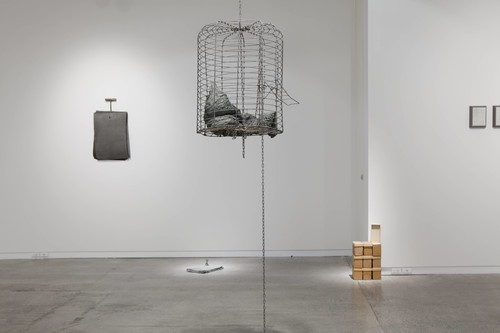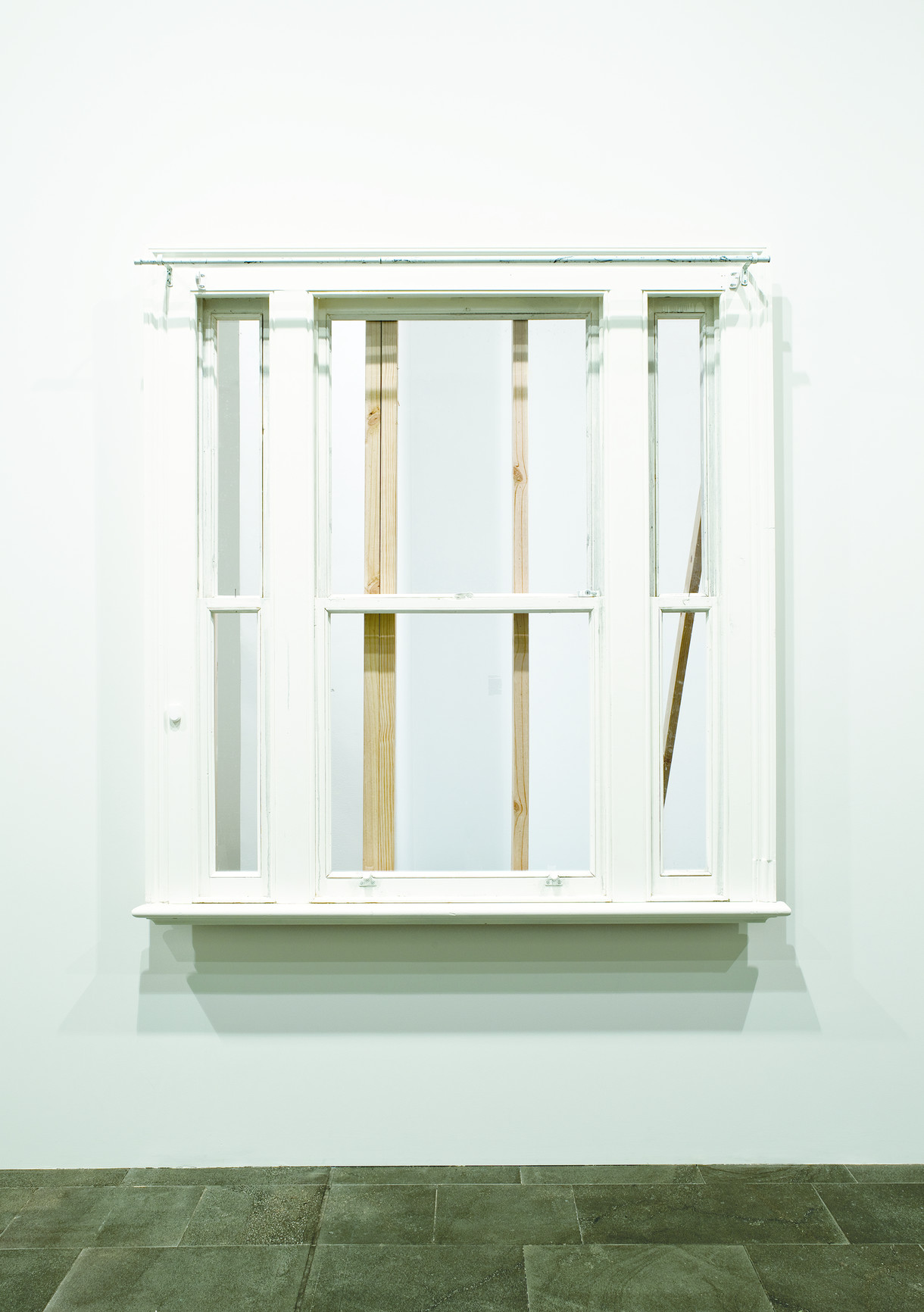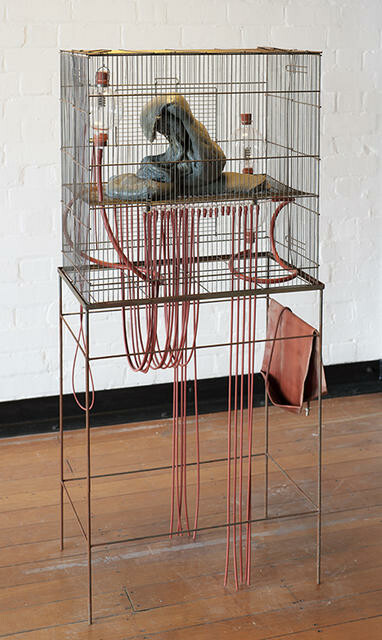B.
Ugly beauty
Behind the scenes
Ugly beauty came over me like a thrilling rash.
Ugly beauty warmed me like a slap on the face.
Ugly beauty helped me rise above the crowd
and even if it meant sitting on the face
of the hunchback of Notre Dame
I quickly got over the obsolete shame.
That's the first stanza of a poem by New York writer, critic and raconteur Glenn O'Brien. The title phrase came back to me in October in the Peterborough Street studio of Julia Morison.
Even with the floor slabs askew, cracks in the walls and the swampy tang of liquefaction in the air, Julia's post-quake studio is still a beautiful space to visit. And having been there often with my colleague Felicity Milburn while organising Julia's survey show back in 2006, I associate the studio with beautiful objects. Back then, the space was filled with the many panels that eventually made up her installation Gargantua's Petticoat, each one embellished with swirls and flounces of meticulously vinyl-cut line.
But while Gargantua came to life on the walls, something un-beautiful hunkered in the corner. A stack of old cages, once used, presumably, to house birds or some other animals. And then, far harder to name or describe, lumps of the weirdest stuff. Blobs and twists of dirty grey matter that turned out to be second-generation plastic – the stuff your plastic bags turn into when the recyclers melt and extrude them before making them into something useful again. These whatsits and thingimabobs just sat there in the studio, lumpishly surveying all the surrounding elegance.
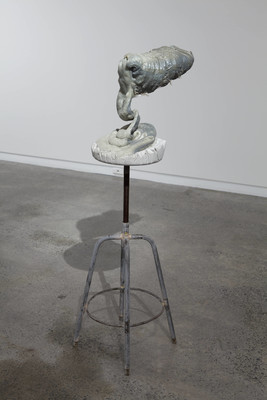
Julia Morison Curious thing 2011. Melted shopping bags, stool, cement, silt. Courtesy of the artist and Two Rooms, Auckland
In Julia's current show at Two Rooms in Auckland, titled Meet me on the other side, the blobs come into their own. Rising up off small cement plinths like caterpillars nosing the air, tubed up like dialysis patients, lounging around inside cages as if waiting for a potential owner to arrive, or caught like gasping fish in a huge rope net, they're the unlikely protagonists in a drama of post-quake stuff. For the other unexpected substance in play is gluggy grey 'liquefaction' silt, which Julia has collected from the floor of her battered studio and transmuted into something seductive: boxes, sheets and grainy slices of the stuff that suggest Joseph Beuys by way of the Banks Peninsula fault.
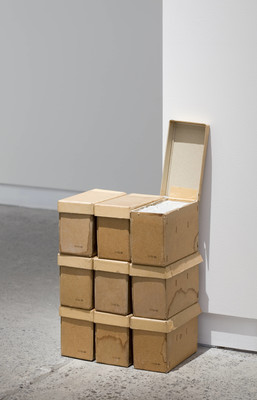
Julia Morison Relics I-IX 2011. Cement, silt, cardboard. Courtesy of the artist and Two Rooms, Auckland
Anyway, what I thought in October when I saw the completed works in Julia's studio was how downright ugly they were. I don't mean ugly in a dismissive way. I mean fantastically, wonderfully ugly. With their sluggish shapes, their matt-grey, light-sucking textures, and their blind groping body language, the sculptures felt less like a 'comment on' the quake (because lord knows, we have enough of those) than an emanation of it, as if the mood of the city in the days 'after' had somehow squirmed into bodily life. Words wouldn't stick to them properly, and that too felt appropriate for a moment when one often felt talked out or, when conversation started again, short of words that did justice to the situation. They were, to use O'Brien's phrase (borrowed by him from Thelonius Monk), very ugly beautiful.
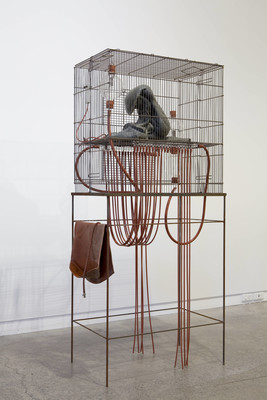
Julia Morison Some thing, for example 2011. Metal cage and stand, melted shopping bags, glass and rubber
On that (broken) note, here's O'Brien's last stanza, which might be a gentle manifesto for Christchurch:
As Leonard Cohen says,
there's a crack in everything,
that's how the light gets in.
Hey don't throw that out,
just because it's a little damaged.
It has the mystique of an antique already.
Give me a crack at that.
I'll take the broken one every time –
at least you can see what is wrong.
